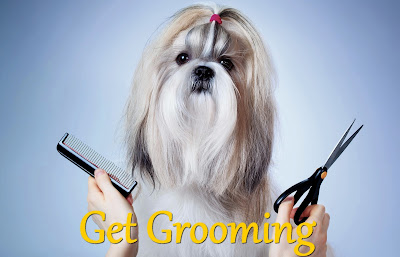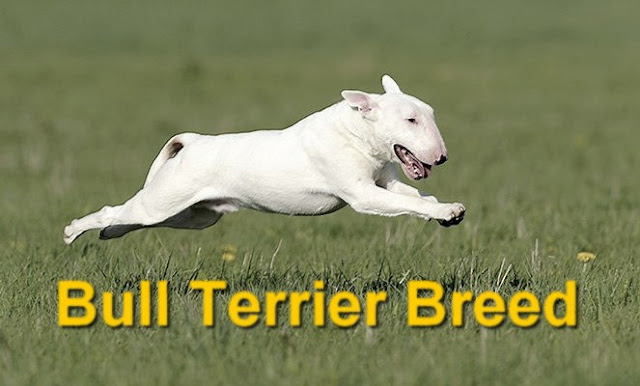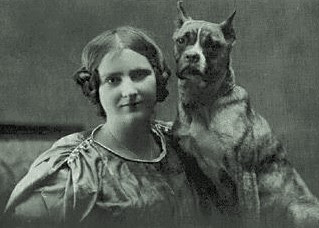6 Ways to Practice Preventive Care Regimen
If you consider preventing health issues, you've got a far better chance of spotting small problems before they become big ones. Here are six easy ways to assist your cat or dog live an extended, happier life. Your wallet will many thanks too.
1. Grooming
Normal brushing should be a part of your pet's preventive care regimen because it permits you to see for lumps, bumps, skin parasites and other potential skin abnormalities. If you detect an ill-health early enough, you'll be ready to prevent that costly trip to the E.R. Plus, he'll look and feel far better if his coat is shiny, lustrous and freed from mats and tangles.
2. Overfeeding
Recent studies have found that just over 50 percent of all pets within the U.S. are considered overweight or obese. This problem is often easily prevented if you pay more attention to what proportion you feed your pet. In other words, slipping Fido some leftovers or giving him an additional scoop of kibble may stop his begging — but it also can cause poor health and perhaps even obesity.
3. Fleas, Ticks, and Heartworm
Before parasites destroy your pet's health, ask your vet to recommend effective products to prevent parasites because no one wants your cat or dog to be itchy and miserable.
4. Pet's Exercise Regimen
There are many ways to urge your dog or cat moving, whether it's going for a jog or signing up for a dog yoga class. Just ask your vet before starting an exercise program together with your pet. the advantages of exercise are numerous — to not mention that you're going to help keep off obesity and improve your pet's overall health.
5. Brush The Teeth
Are your pet's teeth looking yellow? Does her breath reek? These signs may point to periodontitis. Regular toothbrushing and dental cleanings can slow the progression of dental disease and assist you to breathe easier.
6. Visit Your Vet
Veterinarians recommend that you simply pay them a visit a minimum of once a year, in order that you'll develop a correct wellness plan. Plus, your vet features a better chance of identifying problems and conditions before they become something more serious.


































